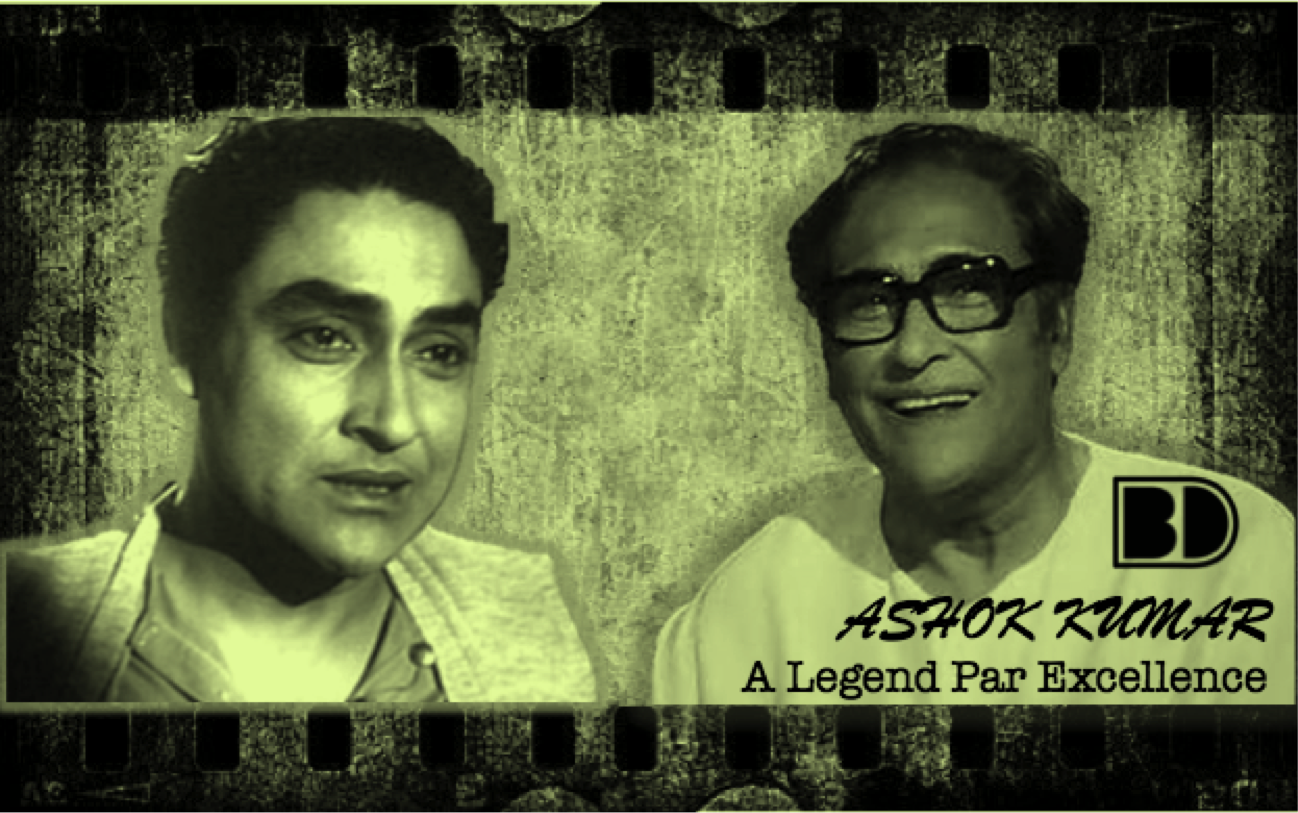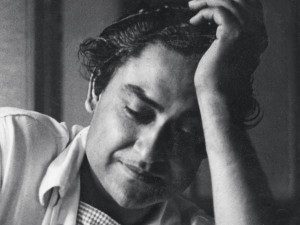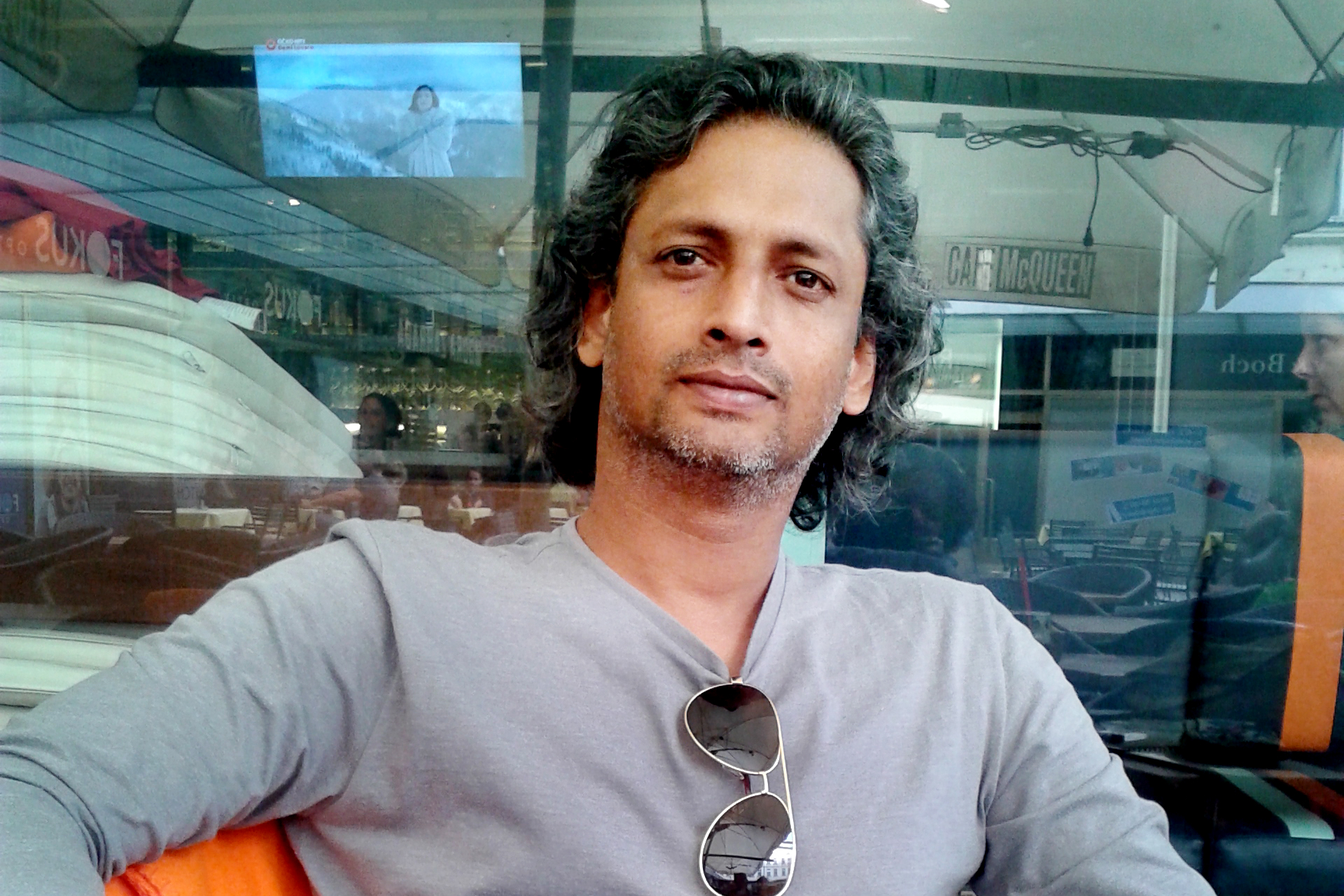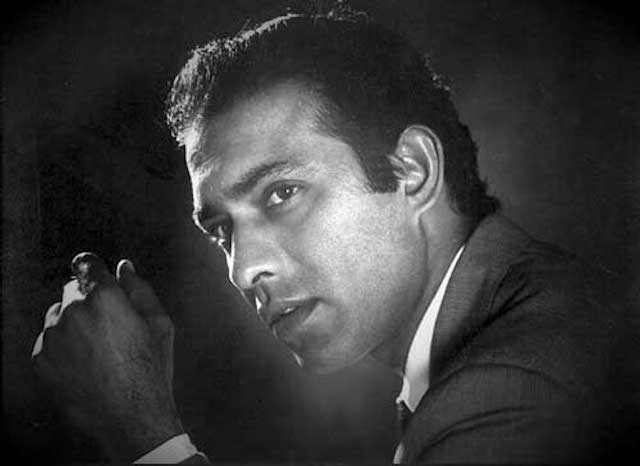In the midst of shooting a movie, the lead actor fled with the lead actress. Let´s make it more interesting, the actress was the wife of the movie´s director. Then the director in retaliation dismissed the hero and called upon his laboratory assistant to take the part of lead actor. This can be a great movie plot in any time period of cinema, isn´t it?
But this is not a fiction. The dialogue from film Anand (1975) “Hum Sab To Rangmanch Ki Kathputliyan Hai Jinki Dor Upar Waale Ki Ungliyon Mein Bandhi Hai” is well suited to this story. In 1936, during the shooting of movie “Jeevan Naiya”, lead actor Najam-ul-Hussain, fled with the heroine Devika Rani, and Lab assistant Kumudlal Ganguly got a chance, which was start of a six-decade-long illustrious acting career of Ashok Kumar.
However, he got noticed by the viewers in his next movie “Achhut Kanya”, also with Devika Rani. After the success of ‘Achut Kanya’, Ashok Kumar went on to act opposite Devika Rani in other Bombay Talkies’ productions like ‘Izzat’, ‘Nirmala’ and ‘Savitri’. He was the male lead in all of them but was not popular as much as Devika Rani, who was attracting the crowds to theatre during that period.

But, Ashok Kumar was destined to shape the future of Indian cinema and so he came out of Devika Rani’s limelight and started working with Leela Chitnis in ‘Kangan’, ‘Bandhan’, and ‘Jhoola’. Almost all of his movies were commercially successful but he was still not there, where he was meant to be. In 1943 India got its first ‘All Time Blockbuster’ hit as ‘Kismet’, with Ashok Kumar and Mumtaz Shanti.
‘Kismet’ was the first ever Indian film to showcase an anti-hero or a ‘double-role’. The film ran in the theatres for three long years breaking all the existing records and setting new records. It remained to be the longest running film in the country until ‘Sholay’.
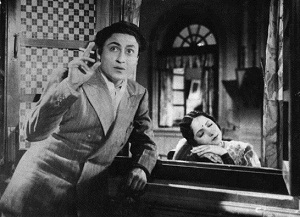
Ashok Kumar evolved himself with a style and fashion that was unseen and unknown to Indian audience. His nerveless persona on screen was one of the reasons behind the lead actors called were termed as “Hero” in popular culture. If you ever wondered what makes a hero more attractive when he is smoking a cigarette or a pipe, then you are bound to watch Ashok Kumar, who is also the first hero of Hindi cinema to smoke on screen.
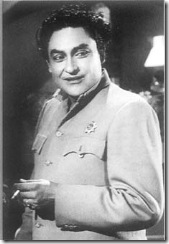
After the Bombay Talkies’ founder Himanshu Rai´s death in 1940, Ashok Kumar took the control in his hands in order to save ‘Bombay Talkies’. In 1949, he produced the historical thriller ‘Mahal’ showcasing the theme of reincarnation for the first time on Indian cinema under the banner of Bombay Talkies. The movie went on to set many records and launched the talents like Madhubala, Lata Mangeshkar, Bimal Roy and Kamal Amrohi, who later on became legends. But these successes were not able to prevent the elapse of Bombay Talkies and in 1954 it was shut down for good.
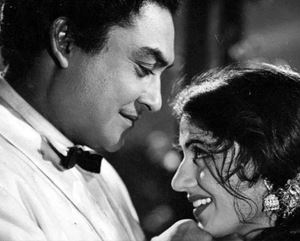
After that, Ashok Kumar was seen in Ramesh Saigal’s blockbuster super hit ‘Samadhi’,which turned out to be the year’s biggest grosser. In 1953, he played Shekhar Ray in Bimal Ray’s ‘Parineeta’ opposite Meena Kumari. The film was adapted from Sharatchandra Chattopadhyay’s Bengali novel ‘Parineeta’.
The movie was edited by the legendary Hrishikesh Mukherjee and is regarded as one of the finest screen adaptation of the original novel. Another noted film by him in 1958 was ‘Chalti Ka Naam Gaadi’ where he shared the screen along with his brothers, Kishore Kumar and Anoop Kumar.
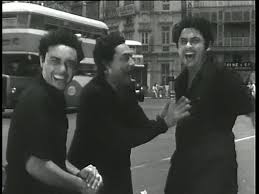
In 1960, B. R. Chopra’s ‘Kanoon’ released, which kept the audiences glued to their seats entirely throughout its 2 hours and 19 minutes run. Ashok Kumar surprised and mesmerized the audience through his transformation from a soft hearted judge to a wicked criminal. ‘Kanoon’ is regarded as one of the best crime thriller from the ‘black and white’ era.
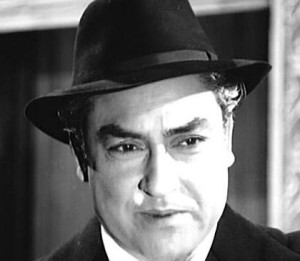
Ashok Kumar received his first Filmfare Award for Best Actor (Filmfare started in 1954) in 1962 for his outstanding performance in ‘Rakhi’. In 1964, Ashok Kumar got his second Filmfare Award for ‘Aashirwad’. His portrayal of Jogi Thakur would bring tears to anyone’s eyes. ‘Aashirwad’ was certainly the best out of his many masterpieces.
Also, Ashok Kumar happened to be the first rap-singer on Indian cinema through this film. ‘Rail Gaadi Chuk Chuk Chuk’ was the first ever rap song featured on Hindi cinema. In the 1960s he also performed in a number of films like ‘Pakeezah’ (1972), ‘Bahu Begum’ (1967), ‘Chitralekha’ (1964) alongside Meena Kumari.
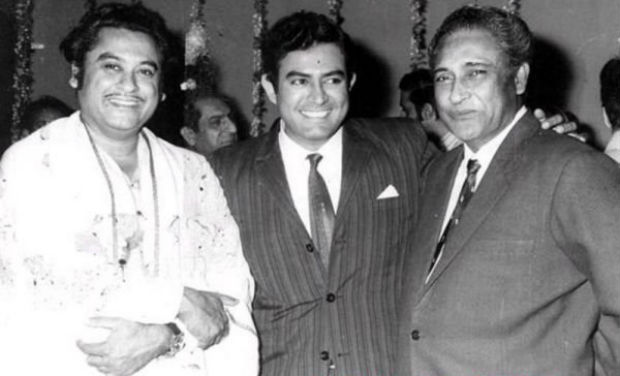
Then come the 70´s with the stars like Rajesh Khanna, Amitabh Bachchan and Dharmendra, where he took the back seat and started to play the character roles, especially the role of father to the young generation. With the increasing popularity and reach of television, he also tried his hand with small screen in 80´s. B. R. Chopra’s ‘Bahadur Shah Zafar’ was a milestone series on Indian television and is unforgettable even today. He also acted as the narrator in India’s first ever television soap opera ‘Hum Log’.
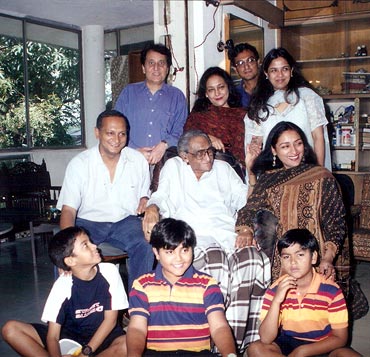
Ashok Kumar lived for 90 years and worked until 1997. He took his last breathe on 10th of December 2001. The rise and fall of Bombay Talkies, the transformation of cinema from art to business, the black and white decades and Coloured era, the 70mm and television; Ashok Kumar lived and pioneered it all.

